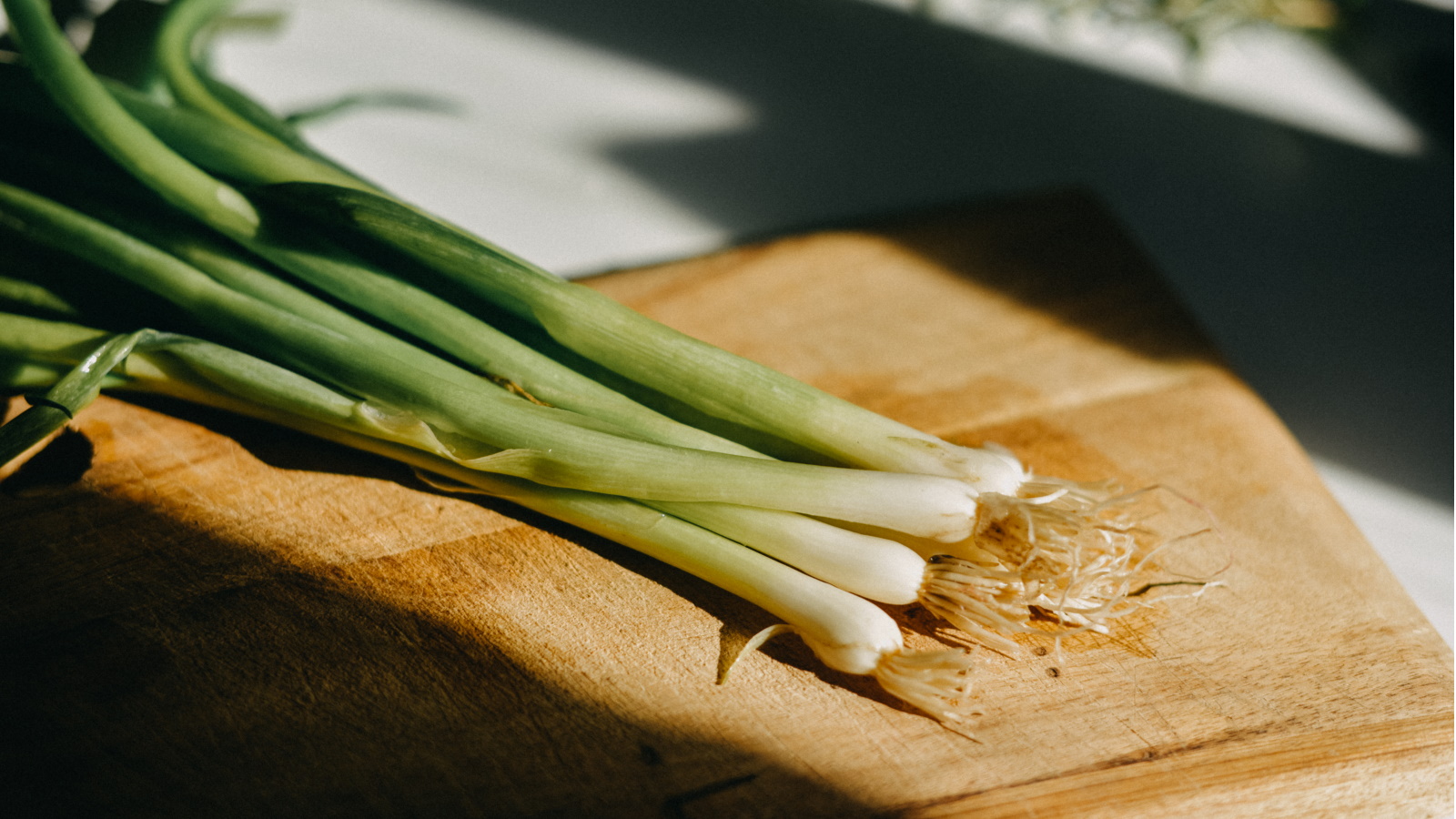
Being able to garden indoors widens the possibilities for what you can grow throughout the year, including growing your own veggies right from the comfort of your home. The good news is that there are so many vegetables that an be grown inside, including green onions.
Green onions are easy enough to grow and you can be ready to harvest within just eight weeks of planting. However, there are a few things to know when it comes to growing vegetables indoors successfully. This includes where to keep your indoor-grown veggies and how to provide the best environment to encourage healthy growth.
Not sure where to get started? Don't fret. Here, I've compiled an easy guide to growing green onions indoors with tips for success from experts.
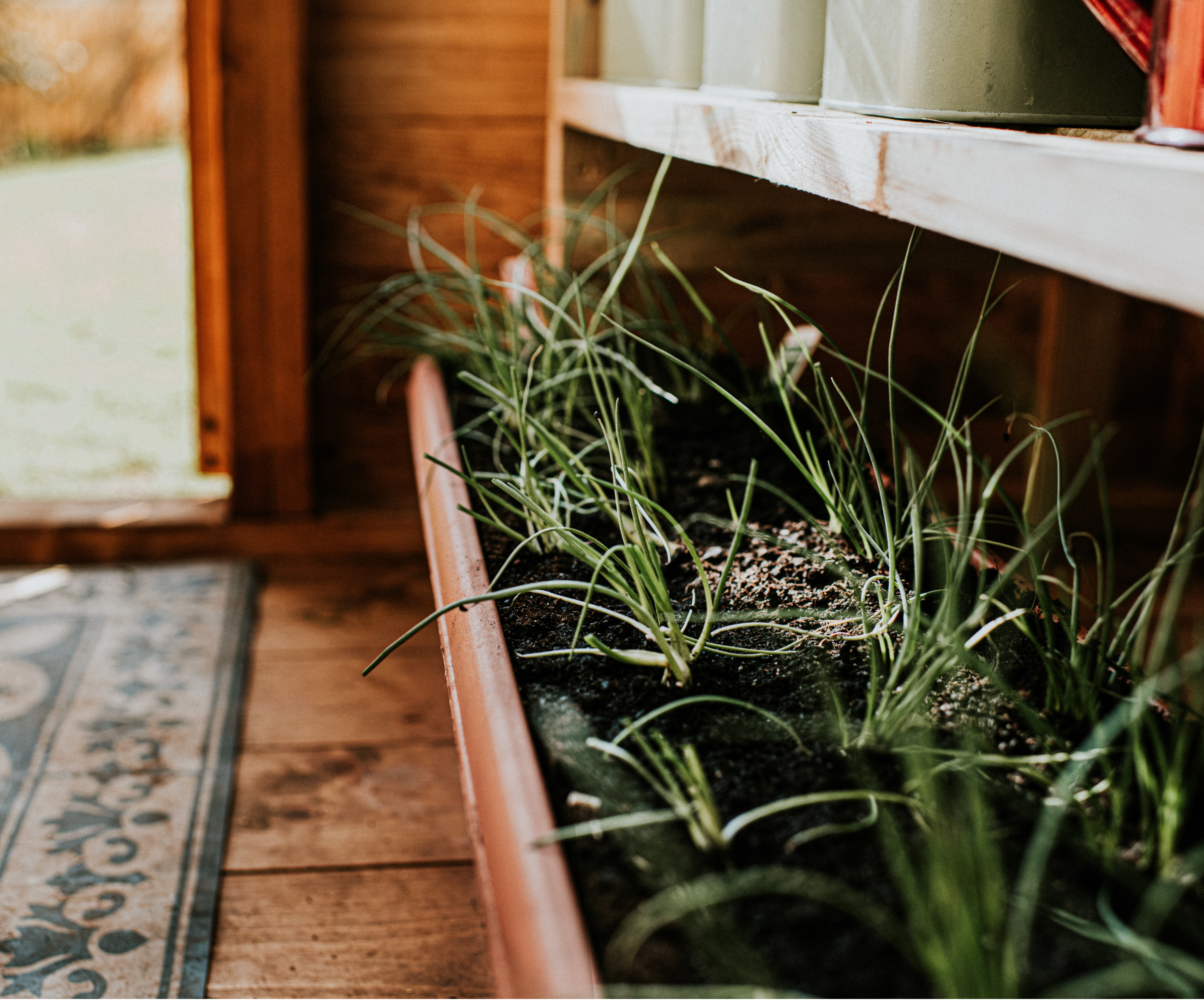
5 tips for growing green onions indoors
Before you get started with any indoor gardening, you might want to consider setting up an indoor growing system that can enhance your indoor garden and ability to grow different plants inside. A hydroponic system, for example, can work well for growing green onions from scraps. However if you're looking for tips on growing green onions from seed indoors, take a look at our expert guide below.
1. Choose a small container

It goes without saying that you need to use containers when growing indoors - ultimately, you can create an indoor container garden for your homegrown vegetables. It's therefore important to choose the right containers for your green onions.
'You can grow green onions in any small container at least four inches deep. Small pots, cups, or even a windowsill garden planter box work fine,' says Lindsey Chastain, a homesteader and founder of The Waddle and Cluck blog. 'Make sure there are drainage holes at the bottom for excess water. I just use a mason jar,' she adds.
There are lots of DIY seed trays and containers that will work well for growing green onions indoors. Mason jars work particularly well for growing green onions from scraps in water. Of course, when growing green onions from seed, you may want to invest in a container that can house multiple onions - like these window box planters from Amazon.
2. Space green onions evenly
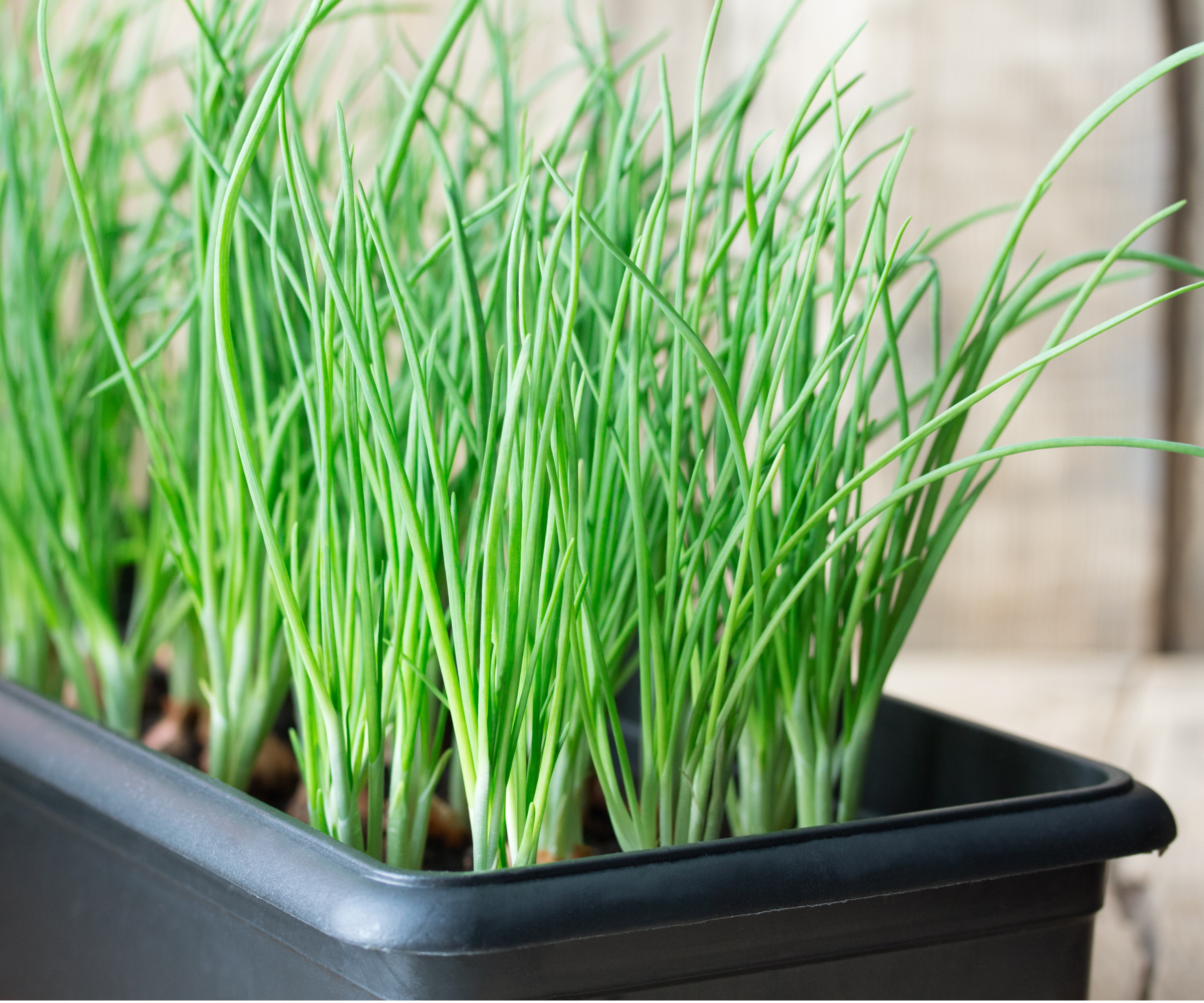
Once you have your container sorted, you'll need to plan to sow your green onion seeds. When sowing seeds indoors, it's important to space them correctly so that your crops have sufficient room to grow.
'Green onions should be spaced approximately two inches apart in a row to ensure each plant has adequate room to grow and soak up nutrients,' advises Alex Tyink of Fork Farms.
Generally speaking, you should start vegetable seeds indoors around six weeks before the last local frosts. However, if you aren't planning to transplant your crops outdoors and will continue growing them indoors, you can sow them at any point in the year.
Not spacing your green onion seeds, available at Walmart, is a common seed sowing mistake that can impact their ability to germinate and grow to a sufficient size. An easy solution is taking note of the spacing recommendation on the seed packet you use.
3. Place green onions on a sunny windowsill
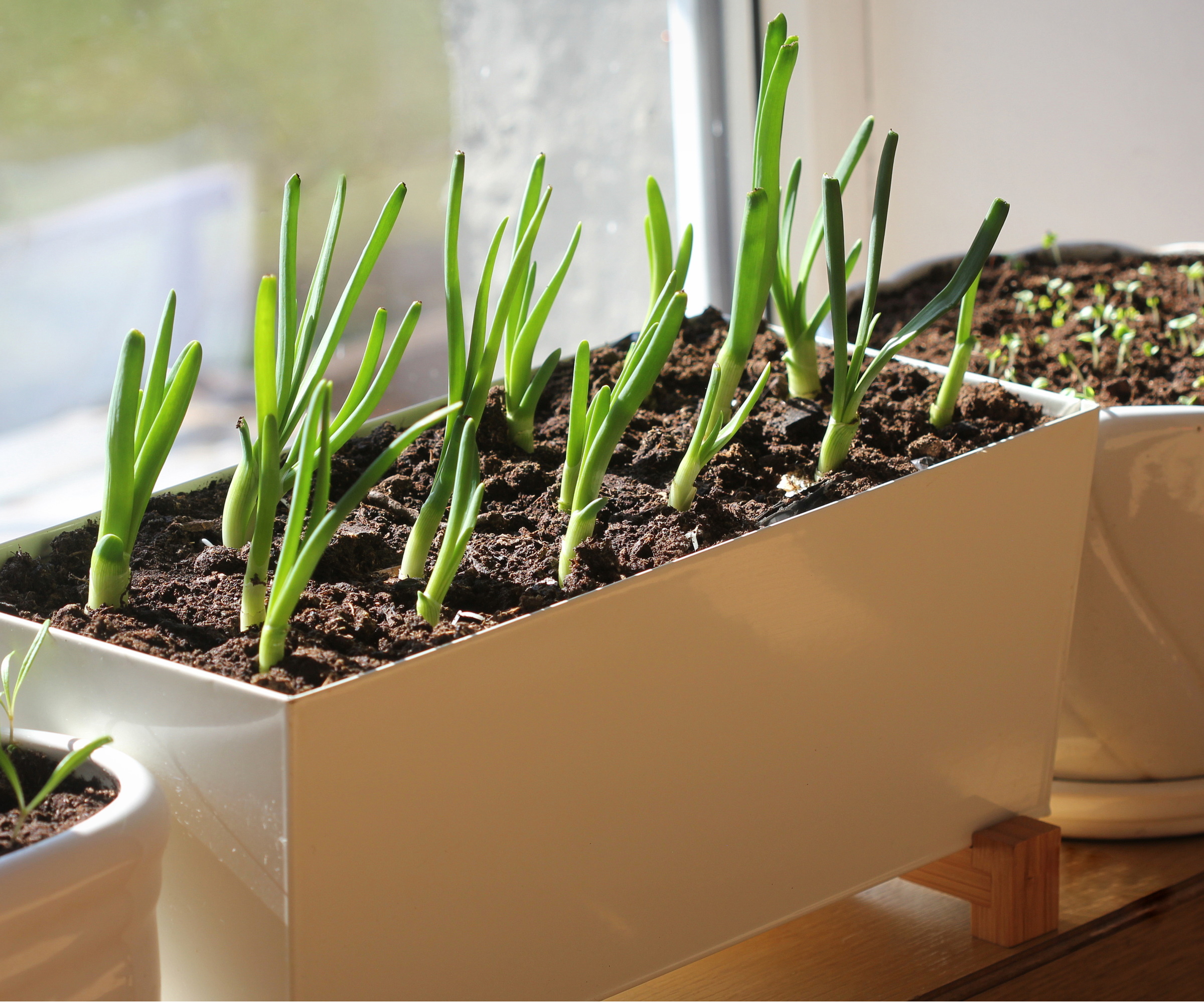
It's important to give your indoor-grown green onions the right home to ensure they're growing in optimal conditions for an abundant harvest. The key to success is choosing somewhere bright.
'Green onions need lots of light, so place them near a sunny window if possible. I keep mine in my kitchen window above the kitchen sink,' says Lindsey. 'A bright windowsill or a spot that gets at least six hours of sunlight works well,' she adds.
Just like a south-facing garden, a south-facing windowsill will provide plenty of sunlight for your green onions. However, if you aren't able to provide a sunny spot for your green onions, try using a grow light to boost light levels.
There are plenty of grow lights available on the market, like this clip plant grow light from Amazon and this hanging grow light from Amazon.
4. Keep your green onions somewhere warm
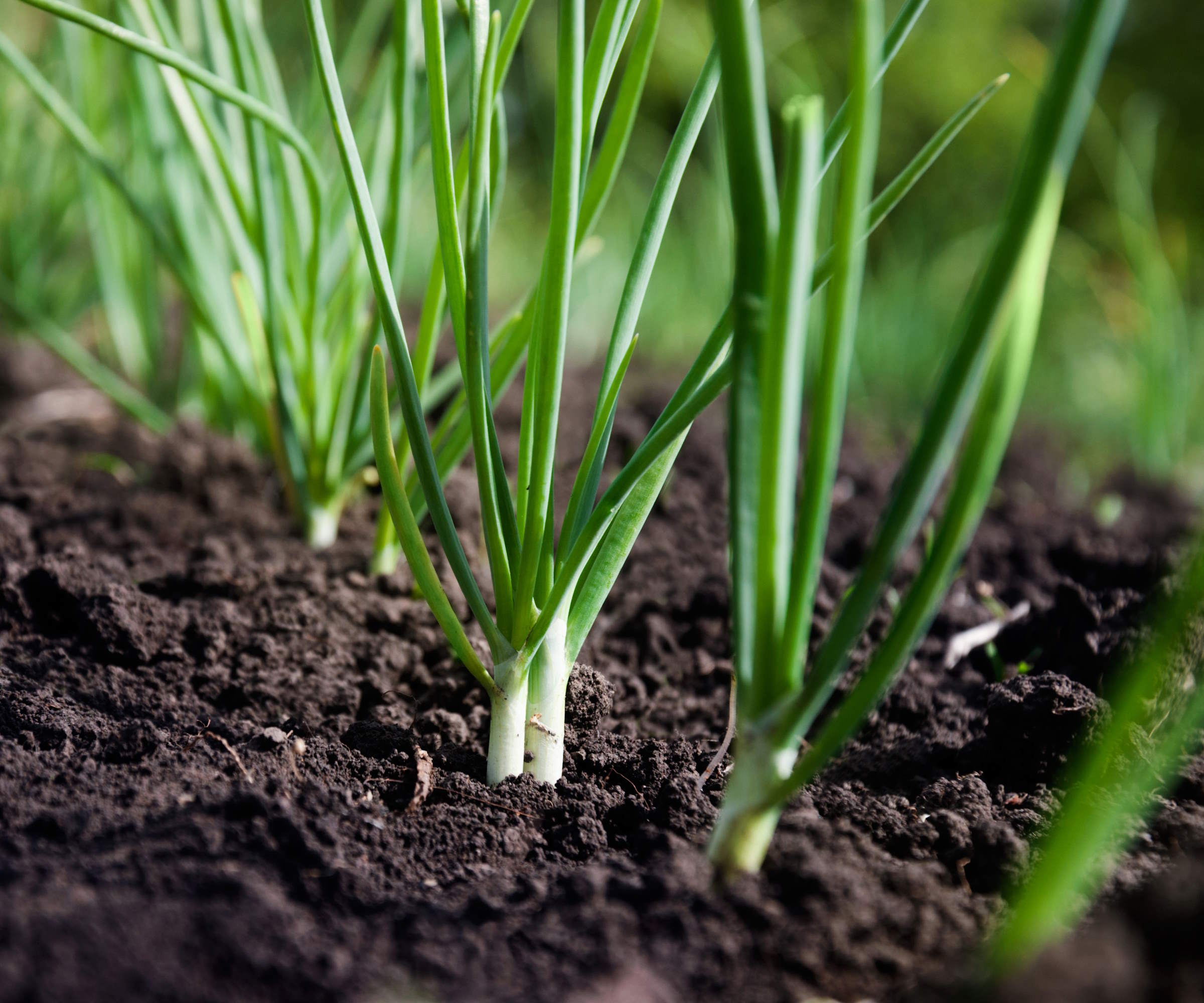
Not only do your green onions need plenty of sunlight, but it's also important to keep them warm to encourage healthy growth. 'They prefer a temperature range of 68-77°F for optimal growth,' says Alex.
There are a few ways you can achieve this higher temperature if your room temperature is lower. For example, try placing your green onion container near other plants - this is a great way to also increase humidity for houseplants as the precipitation of the plants creates a microclimate.
You can also use a grow light that gives off heat, or simply boost your heating. Try making an indoor greenhouse to create a warmer environment, too.
Monitor your room temperature for your green onions with this room thermometer from Amazon.
5. Water green onions moderately
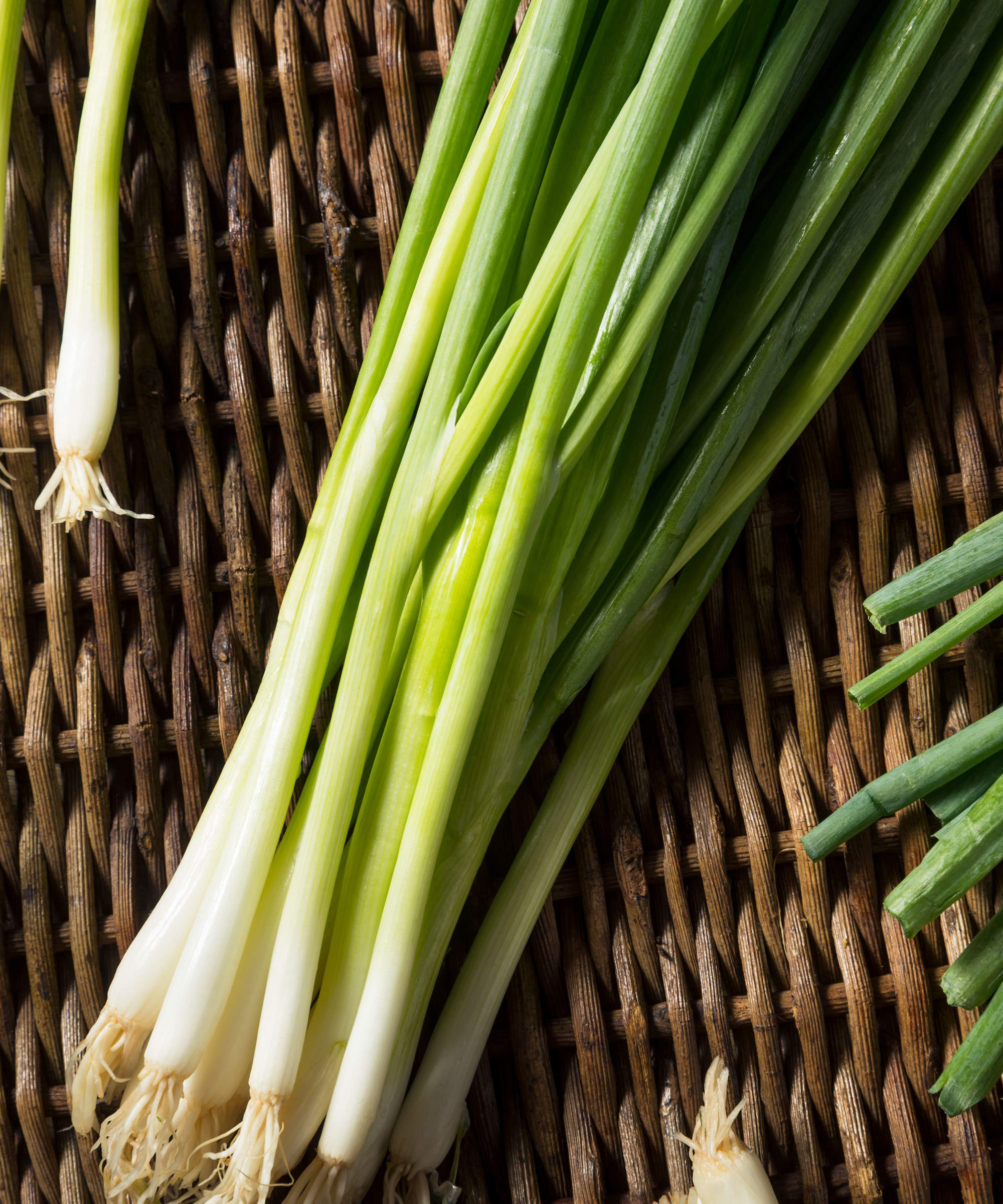
With your green onions sown and your container in the optimal position, you now need to ensure you continue providing the best care for them to grow well. This means getting watering right to germinate seeds successfully.
'Water green onions when the soil starts to feel dry, about one or two inches down. Don't let them sit in soggy soil. A general rule is to water every two-three days depending on your climate and growing environment,' advises Lindsey.
Oversaturated, soggy soil can hinder the ability for green onion seeds to germinate and can cause root rot when roots develop. Likewise, letting soil become completely dry can also prevent germination.
Try using this soil moisture meter from Amazon to monitor when your green onions need topping up with water. Using tools like this can be the best way to know when to water your plants to ensure you don't make harmful watering mistakes.
FAQs
When are green onions ready to harvest?
Green onions take around a eight to 10 weeks to grow after seeds have been sown. They're fast-growing vegetables and you'll know when they're ready to harvest when their tops reach around six inches in height. You can harvest green onions either by pulling up the whole plant or just trimming leaves which can then regrow for another harvest.
How do you grow green onions in water?
You can grow green onions hydroponically from scraps. Simply take a green onion and cut off the green tops, leaving a couple of inches of the white base. Place the onion in water and keep it in a warm and bright spot to encourage root development. Avoid making water propagation mistakes and replace the water for your green onion often. Within a few weeks you'll see roots develop and new green leaves growing, indicating that your green onion is ready to harvest.
Green onions are a good vegetable to start with when experimenting with indoor growing. They're easy to grow and will sprout quickly in the right environment. You can even try growing onions from scraps for a fun project that uses up kitchen waste, as well as growing lettuce from scraps and growing carrots from carrot tops.






